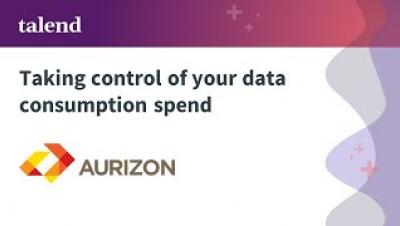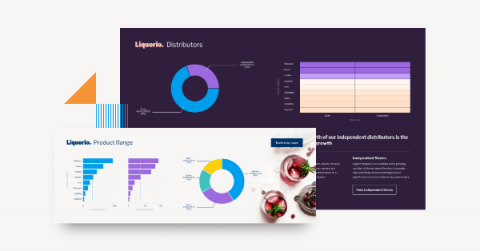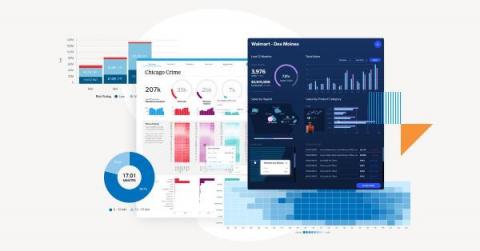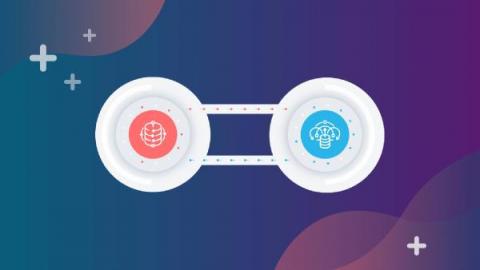Systems | Development | Analytics | API | Testing
BI
Take control of your data consumption spend without killing your innovation
The Human Side of the Equation - How Stories Bring Data to Life (Part 1)
As data science has taken center stage in a lot of organizations, many are relearning what they’ve already known – that dry, mathematical calculations don’t inspire and don’t stick. It’s the story that matters. In this first of a two-part blog series, we look at the history and neuroscience of storytelling and how it can help us understand data at a more human level.
Flow Creation in Edge Flow Manager
Simplify Metrics on Apache Druid With Rill Data and Cloudera
Co-author: Mike Godwin, Head of Marketing, Rill Data Cloudera has partnered with Rill Data, an expert in metrics at any scale, as Cloudera’s preferred ISV partner to provide technical expertise and support services for Apache Druid customers. We want Cloudera customers that rely on Apache Druid to know that their clusters are secure and supported by the Cloudera partner ecosystem.
Britive Provides a Unified Access Model Across Cloud and SaaS Platforms
9 Key Features of Enterprise Data Visualization Software
What is Data Visualization and its Importance in Business Intelligence?
Geodis elevates customer experience using Talend Change Data Capture (CDC)
GEODIS Distribution & Express, a subsidiary of GEODIS, is the leader in France for reliable last-mile delivery service (deliveries within 24 to 48 hours). In 2020 alone, its 115 agencies handled 100 million parcels and carried out 5,000 rounds per day in more than 35 countries across Europe. Nathalie Mandjee, Business Intelligence Manager at GEODIS Distribution & Express, discovered that this part of the company was growing into a profit center for the larger business.
Agility in action: introducing Talend Change Data Capture (CDC)
Data volumes are increasing exponentially with no sign of slowing. Experts predict that by 2025, the global volume of data will reach 181 zettabytes — that’s more than four times pre-COVID levels in 2019. Data analysts at Centogene agree: “Every mouse click, keyboard button press, swipe or tap is used to shape business decisions. Everything is about data these days - data is information, and information is power.”











